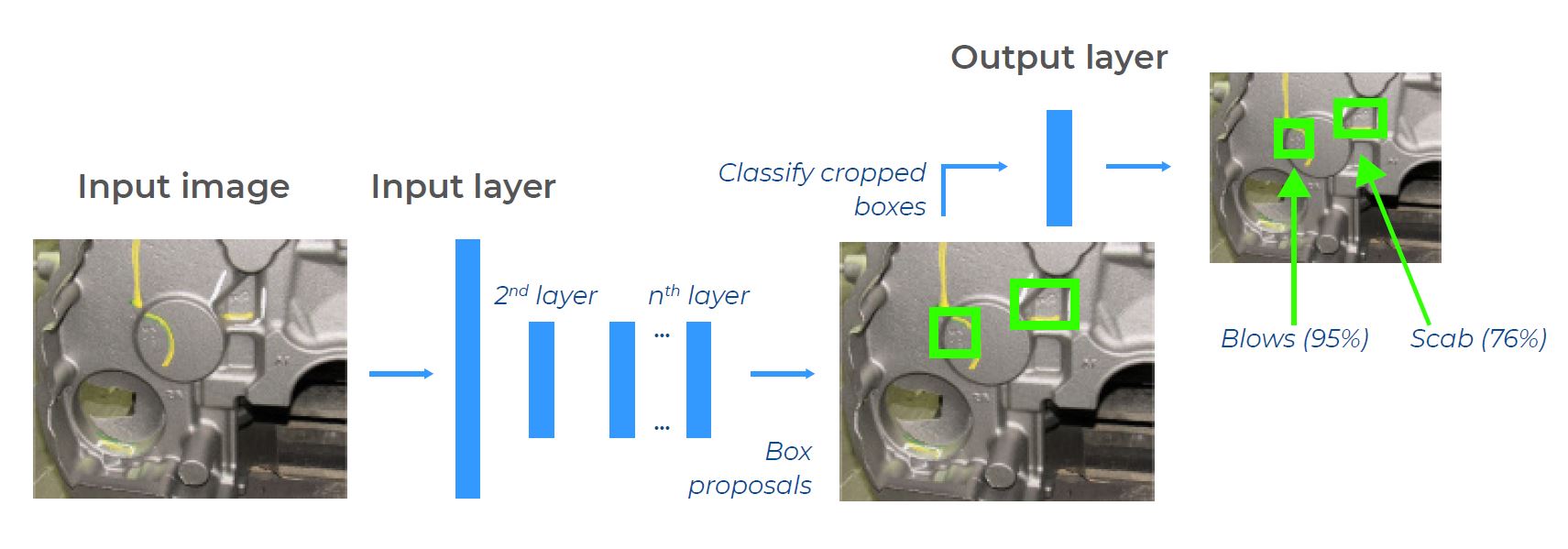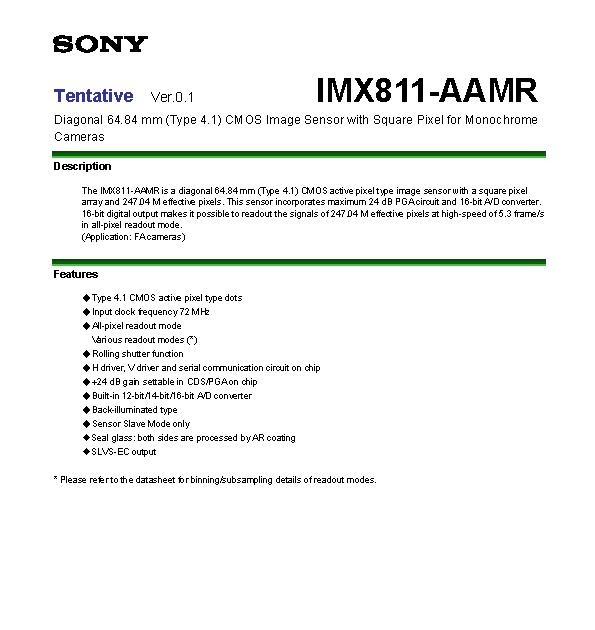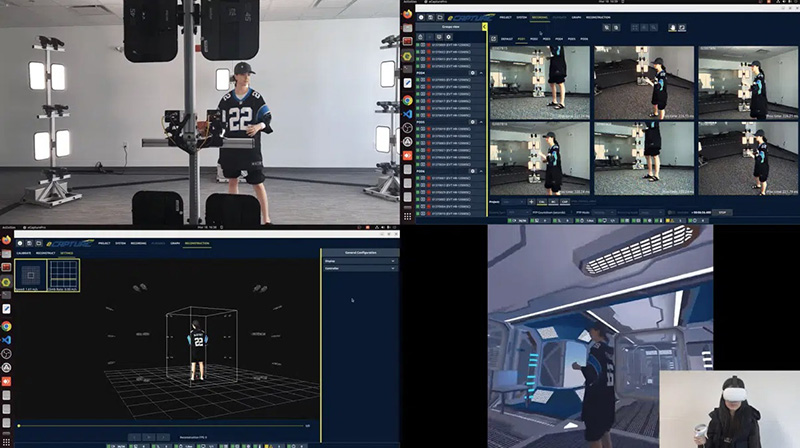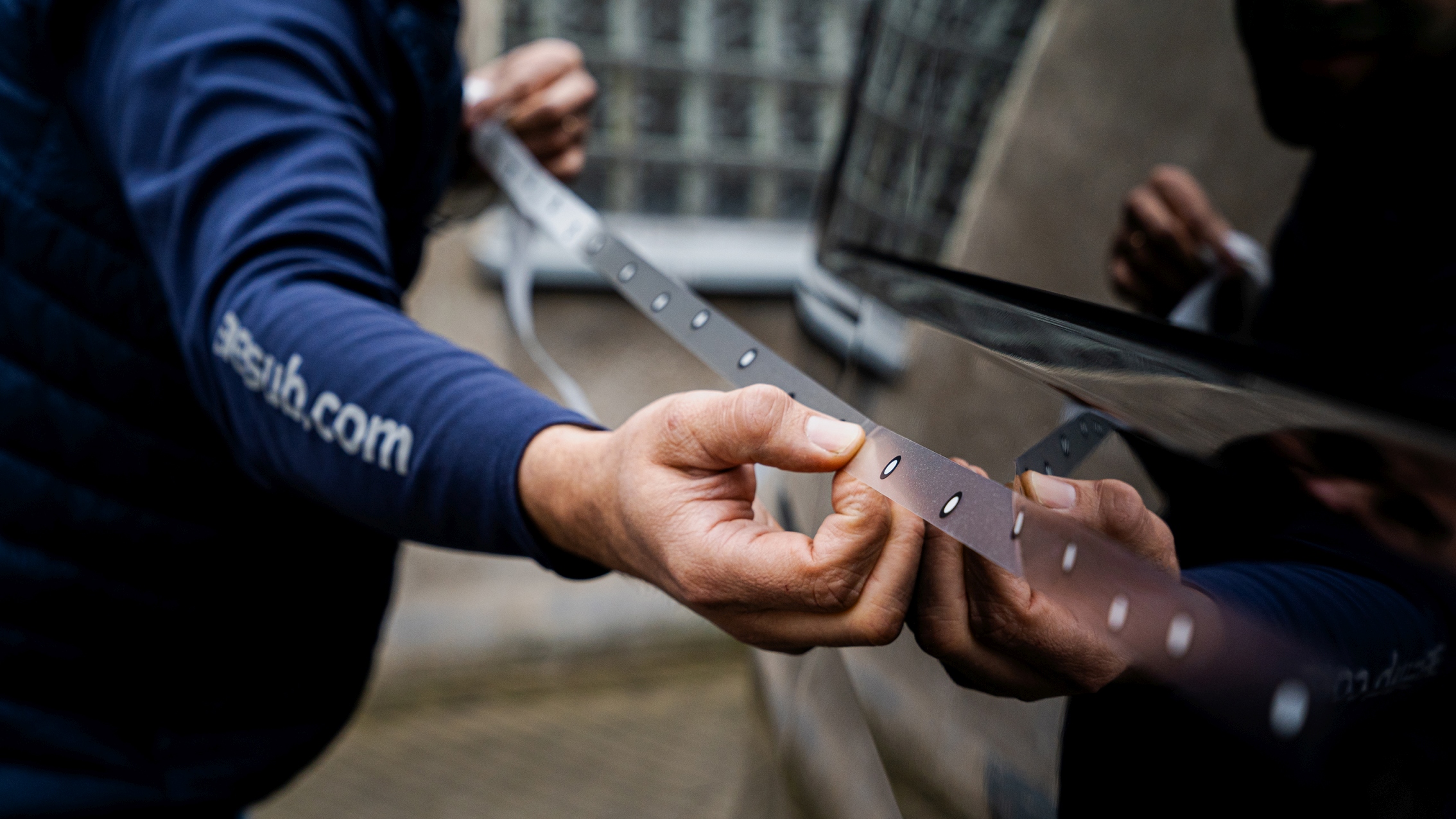>99% Accuracy
AI System for the Inspection of Engine Blocks
The largest foundry in Southern Africa produces engine blocks. The raw material undergoes a series of processes concluding in a final inspection of the end product, an engine block.

Through Artificial Intelligence (AI), the Inspect system improves continually and can locate and classify defects on components that the computer system has never seen before. (Image: Dataprophet Ltd.)
Visual inspection was undertaken by a team of operators who would note which engine blocks contained a defect. As a human process, it lacked consistency and defective blocks were occasionally shipped to the end client resulting in heavy penalties and knock on effects for their production facility. Furthermore, the inspection process was designed as a quality control gate to ensure defective blocks were captured prior to shipping – the operators only captured the primary defect. Subsequent defects on the block were not captured and neither were their features. DataProphet came to the realisation that more granular data including the number, type and causes of defects would be required to identify processes for improvement. Unfortunately due to the design and implementation of the quality control gate, limited information was available upon the captured defects whilst the secondary and tertiary defects were not captured at all. Therefore the decision was made to invest in the machine vision system Inspect. It was installed upon the inspection line to detect all the defects present on the block and capture their features for further analysis. Unlike other inspection solutions, it does not use template matching to detect defects but relies on proven machine learning algorithms to flag manufacturing defects. Through AI, Inspect improves continually and can locate and classify defects on components that the computer system has never seen before. It combines consistent quality control with traceability by performing OCR on the surface of castings. A bespoke inspection assembly kept the frame of reference consistent whilst cameras positioned in calculated positions captured multiple images. These images were preprocessed by the system before being ingested by its object detection models which make use of a CNN to determine the location, edges and type of any defects. After training, the model was applied locally upon new images. It works by finding anchor points for the defects before determining the bounding box for, and classifying each defect. The consistent frame of reference created by the assembly enables a grid to be overlayed. The grid location of the defects are then recorded for further analysis, along with the appropriate metadata such as item number and type.












